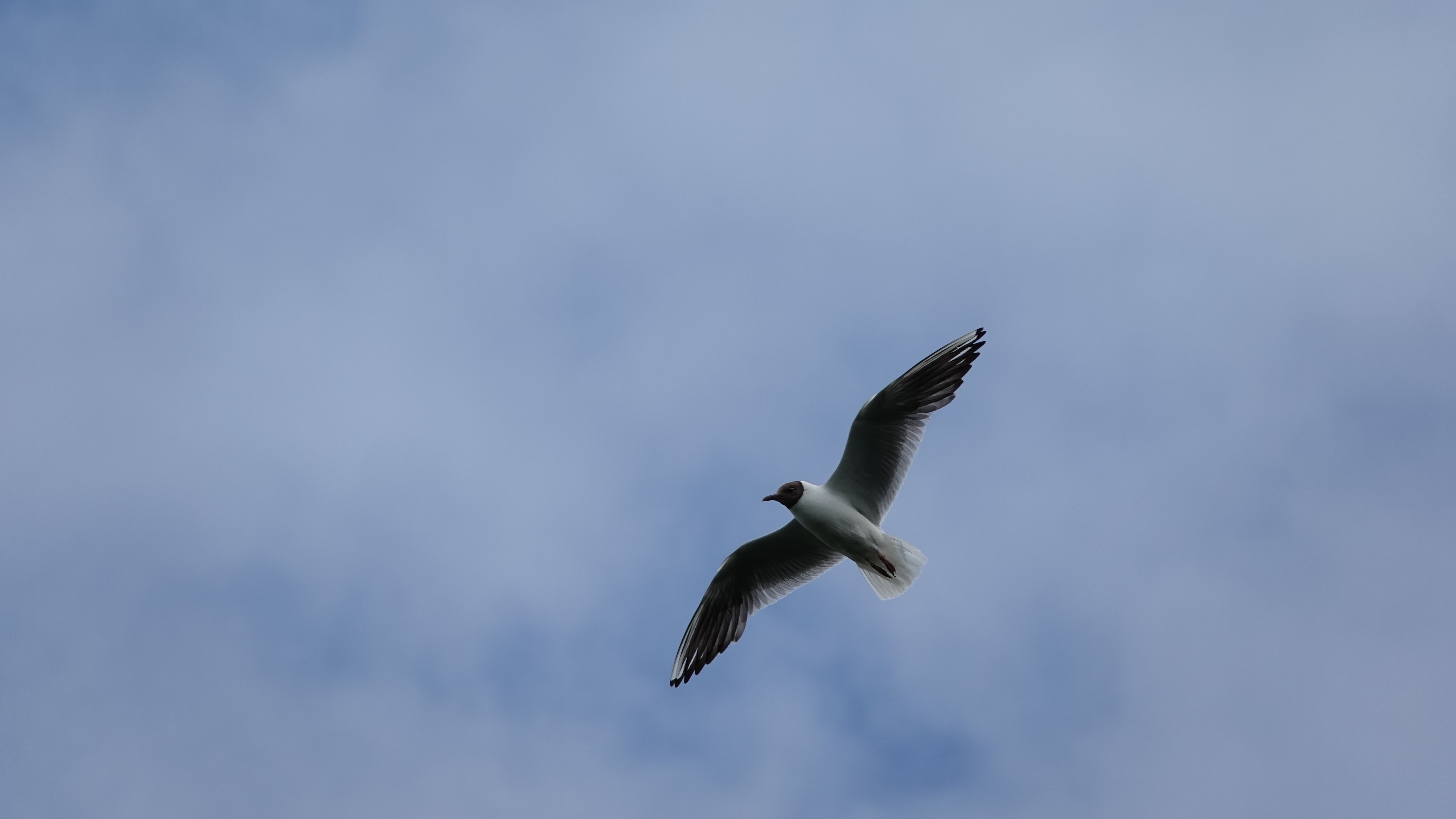Correct for the most part. You can still have very high relative humidity with a low WBT if the dry-bulb temperature is equally low.
When the WBT gets above 35°C, it’s not only dangerous, but positively lethal when sustained for even the healthiest person as sweating (or any other form of evaporative cooling for that matter) can no longer keep the body at a suitable temperature.
WBT is also not to be confused with wet-bulb globe temperature (WBGT), which is an index for heat stress that also takes into account the effect of sunshine among other things. It’s much more situational and best suited to judge the heat stress of athletic outdoor activity in sunshine.



Hey guys, Peter Griffin here to explain
the jokethe image.The image taken in Yunnan (China) 16 Aug 2022 by JiaQi Sun displays a Cumulonimbus calvus with the accessory cloud pileus on top. A pileus is formed when a rising cloud pushes the air above it higher which causes it to cool down adiabatically. When sufficient humidity is present in that higher layer of air, the humidity condenses into a pileus.
Here the pileus displays quite magnificent iridescence. The sun is behind the cloud. When sunlight passes through the very small and evenly sized cloud droplets of the pileus, diffraction takes place. Different wavelengths are diffracted in different angles and thus the white light of the sun is broken down into separate colours. While the cloud droplets are similar in size, there is still some variation there. The size of the droplets also affects the ammount of diffraction and thus the colours are somewhat disordered.
If you want to see cloud iridescence yourself, look for clouds passing in front of the sun that aren’t opaque enough to block it completely. Lenticular clouds, Cirrocumulus lenticularis in particluar are good candidates for iridescence as they are formed in a similar manner to the pileus here and have an even distribution in droplet size.
There have been a number of viral photoshops circulating the internet since the original pictures were taken where the cloud has been added to wide angle shots and made to appear like it takes up half the sky. These however are easily debunked with basic knowledge about clouds and the optical phenomena in question as the colours here are impossible at wider angles.